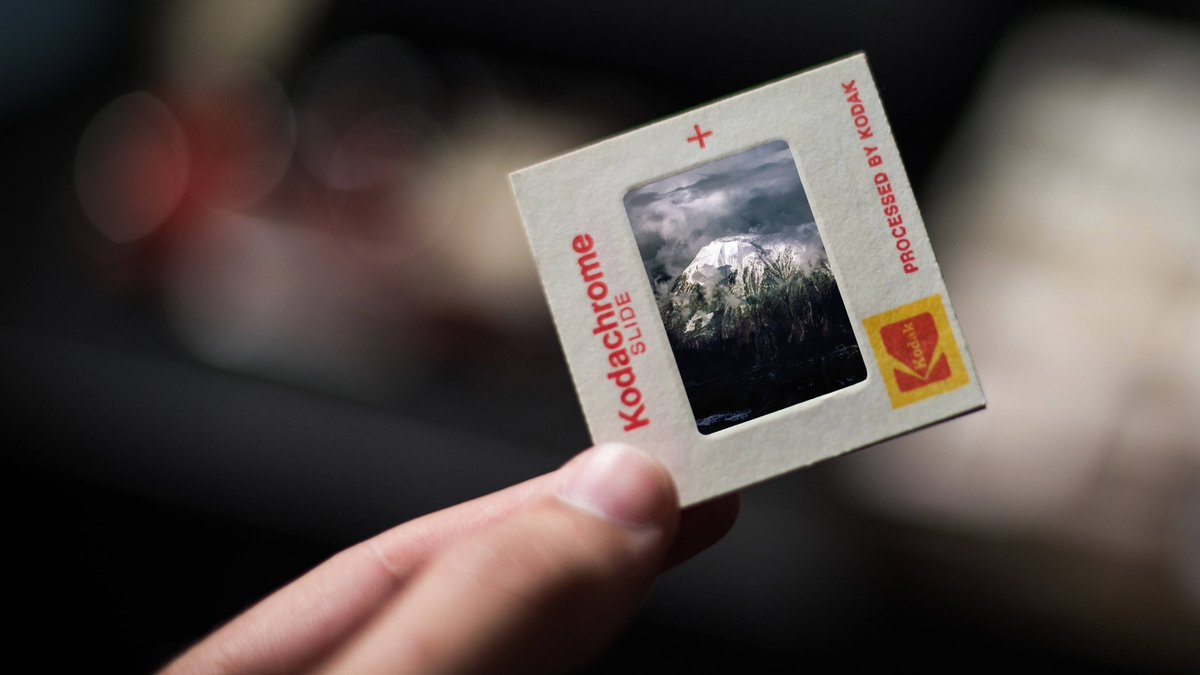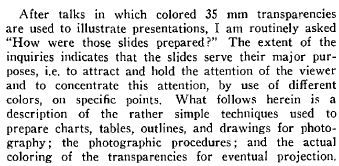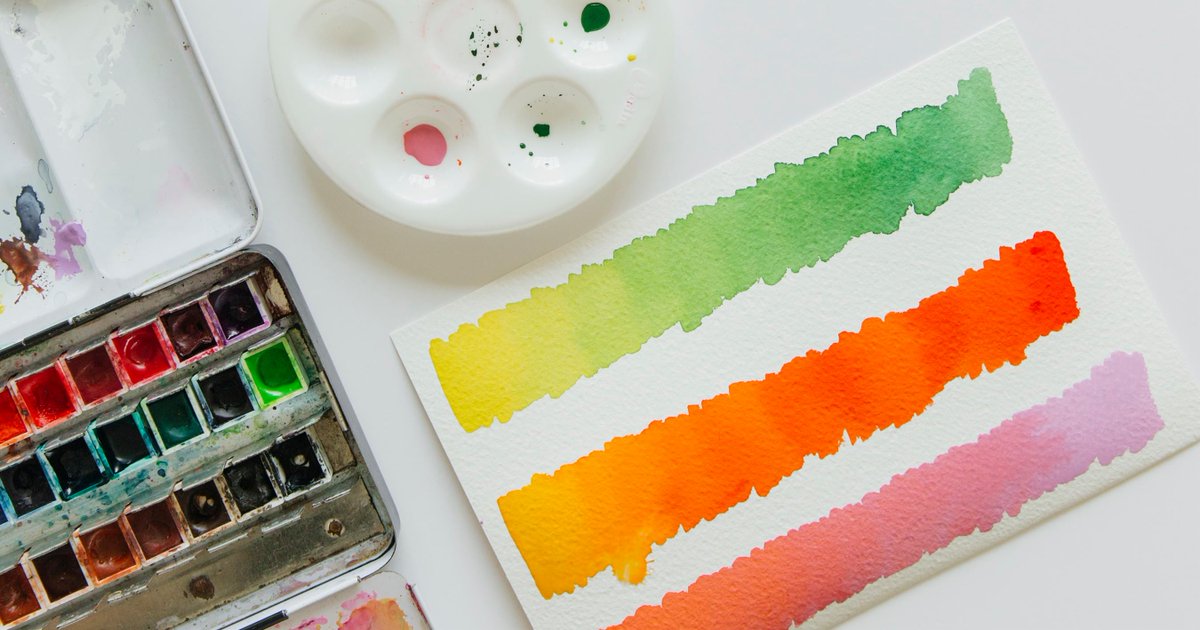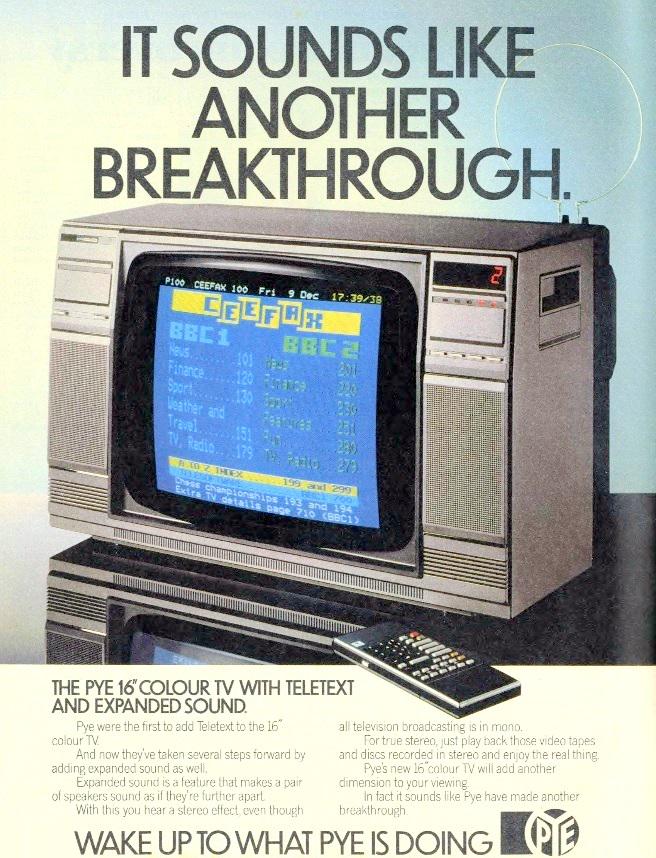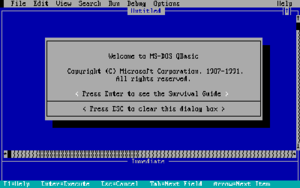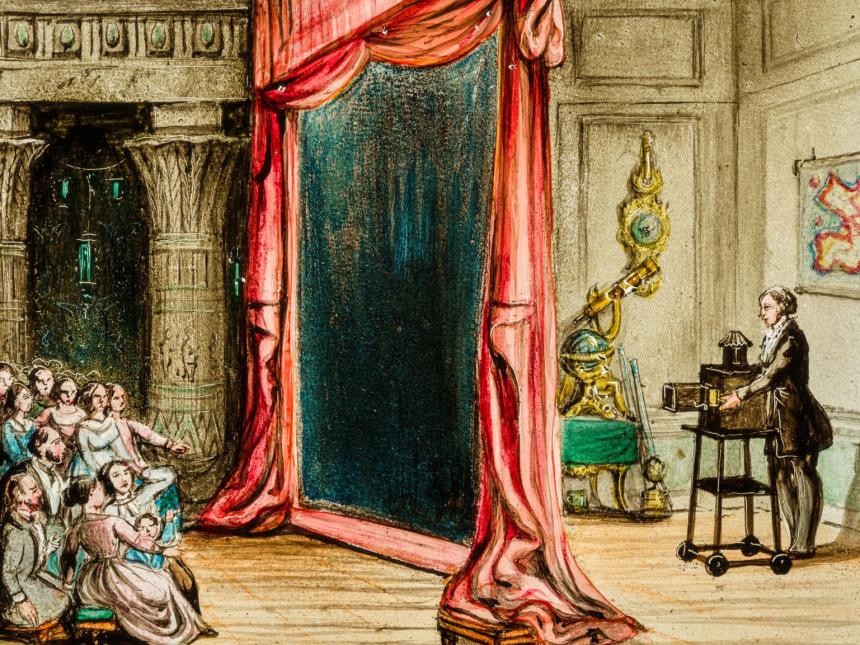

photrio.com/forum/threads/…
In 1982 Margaret Bruce tested a variety of combinations of teletext fonts and backgrounds (so on a commercial TV), and found that yellow on blue worked particularly well. (that being said, many colors did, including red on cyan).
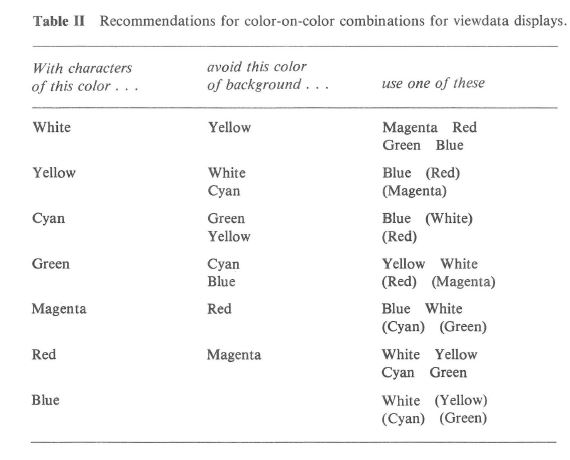
vimeo.com/181999729
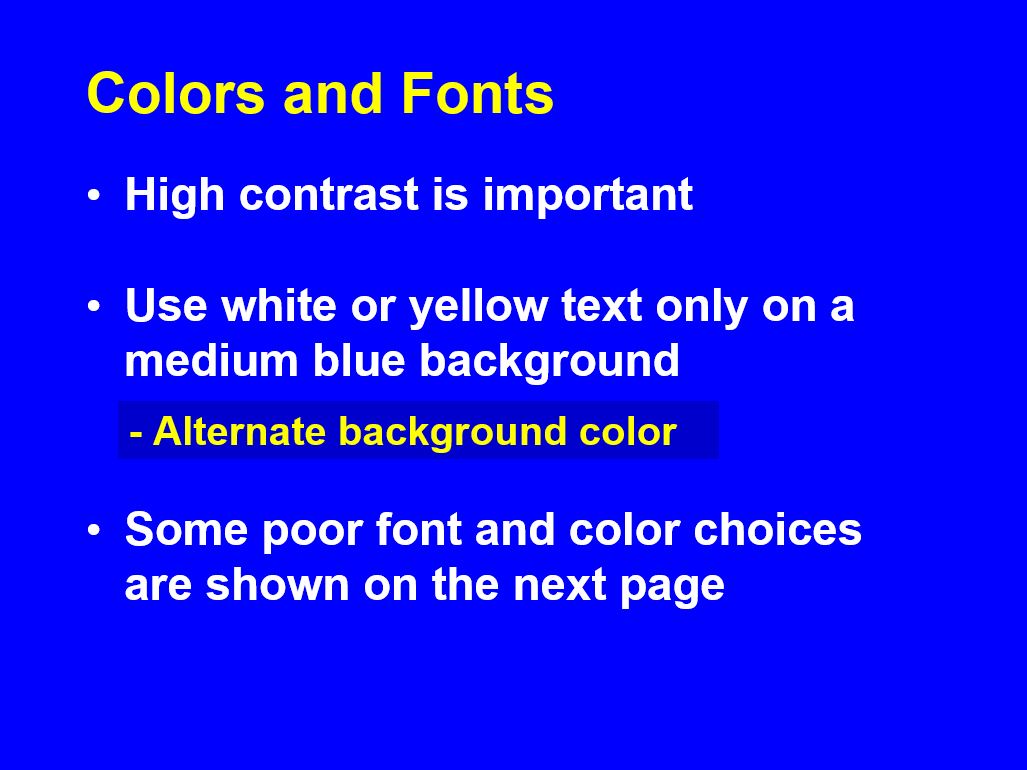
Why do we have a medical culture that largely accepts tradition?
What else do we only do because of path dependence?
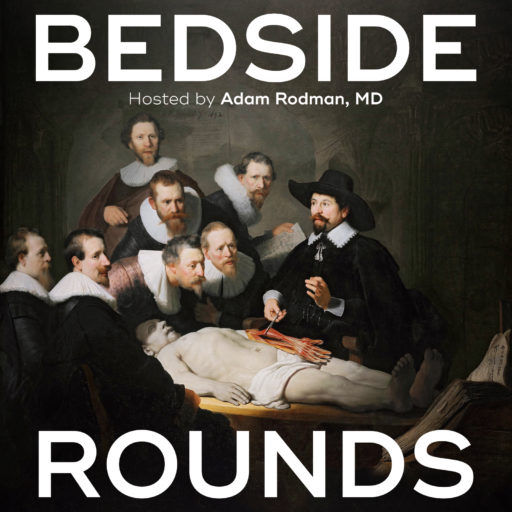
BTW, the Computer History Museum has a very interesting oral history of PPT! archive.computerhistory.org/resources/acce…


And in any event, we should generally try and rely less on powerpoints for text, and more on having an engaging presentation (h/t @FreedoBaggins who gives a great lecture on maximally using PPT)
I just saved you 20+ Tweets 😄



